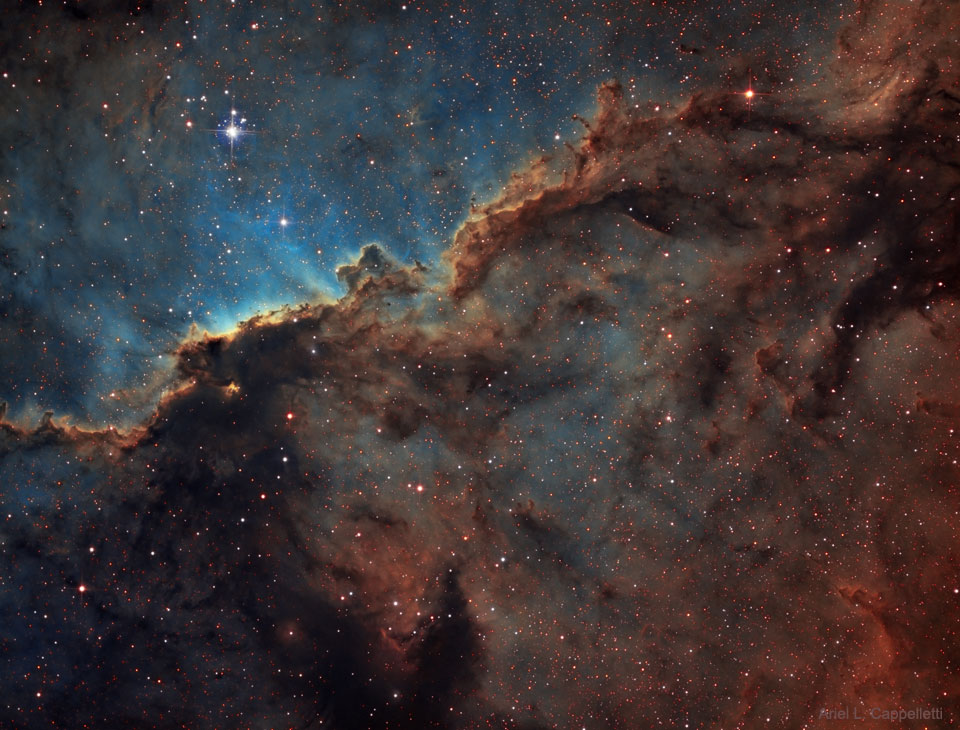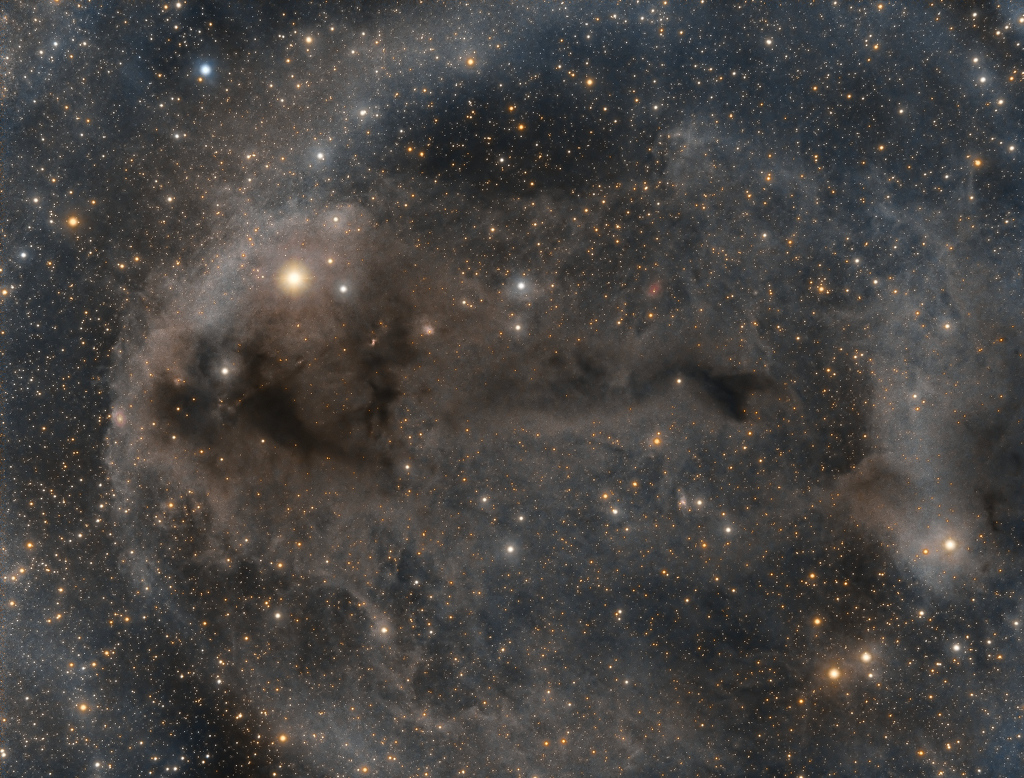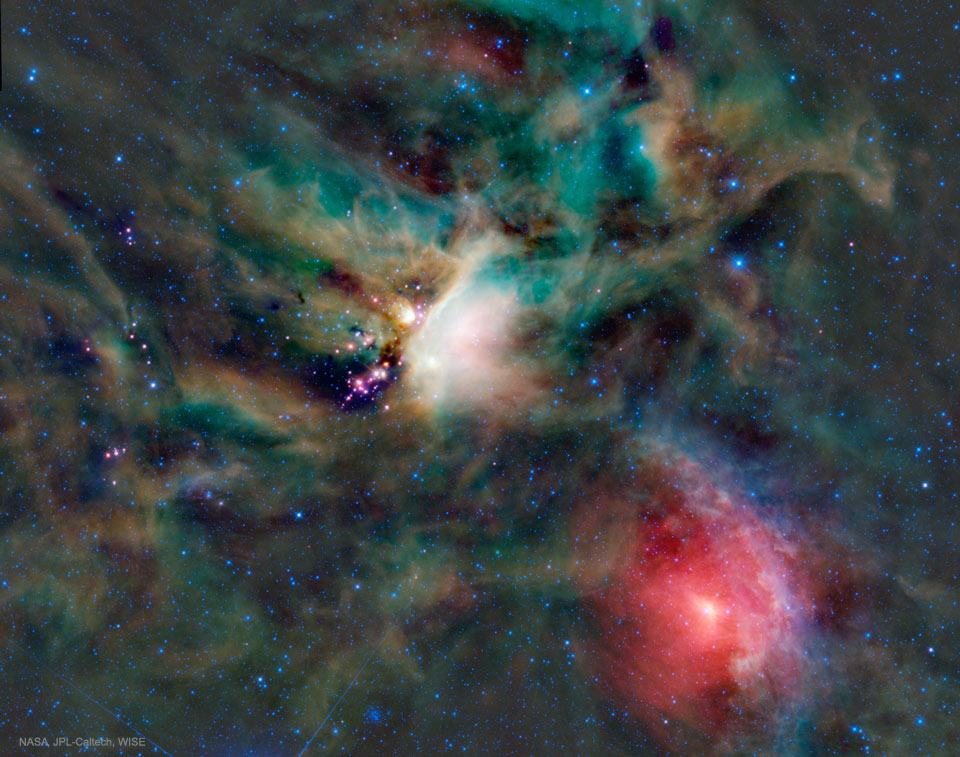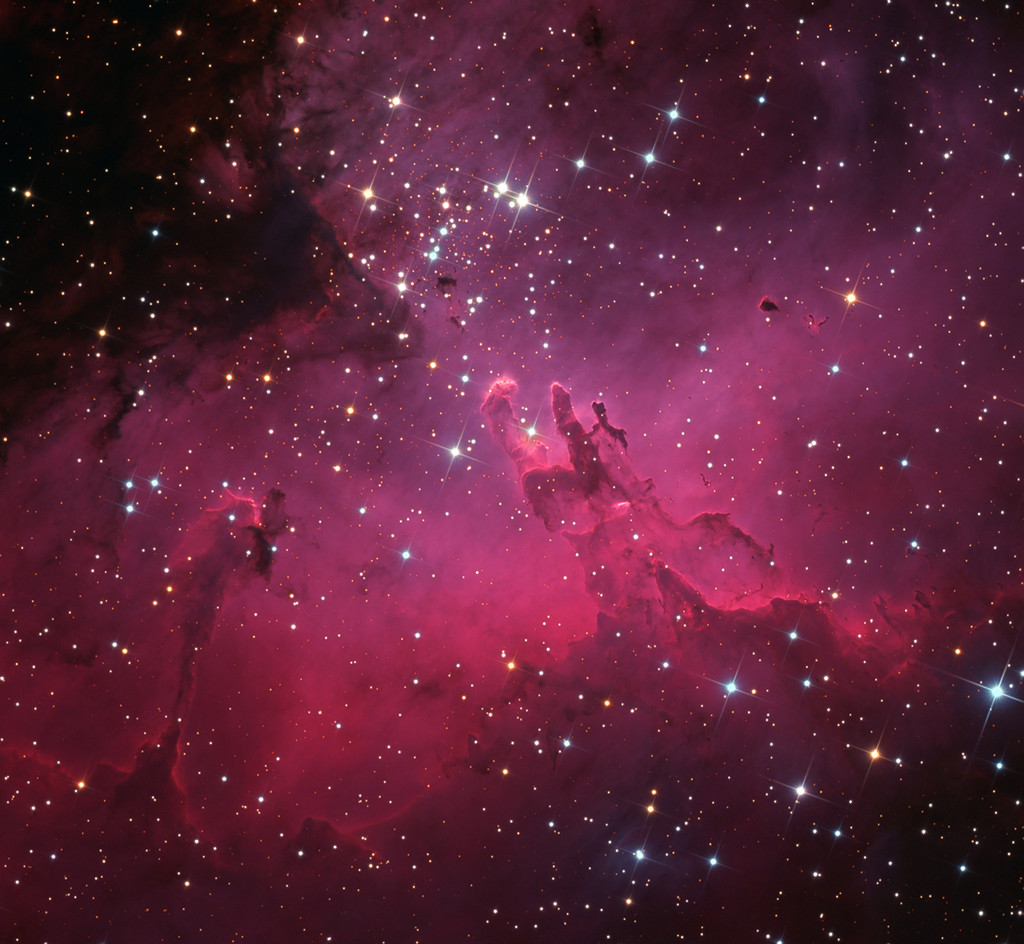仙王座的象鼻星云
2020年8月1日 The Elephant’s Trunk Nebula in Cepheus Image Credit & Copyright: Chad Leader Explanation: Like an illustration in a galactic Just So Story, the Elephant’s Trunk Nebula winds through the emission nebula and young star cluster complex IC 1396, in the high and far off constel […]










